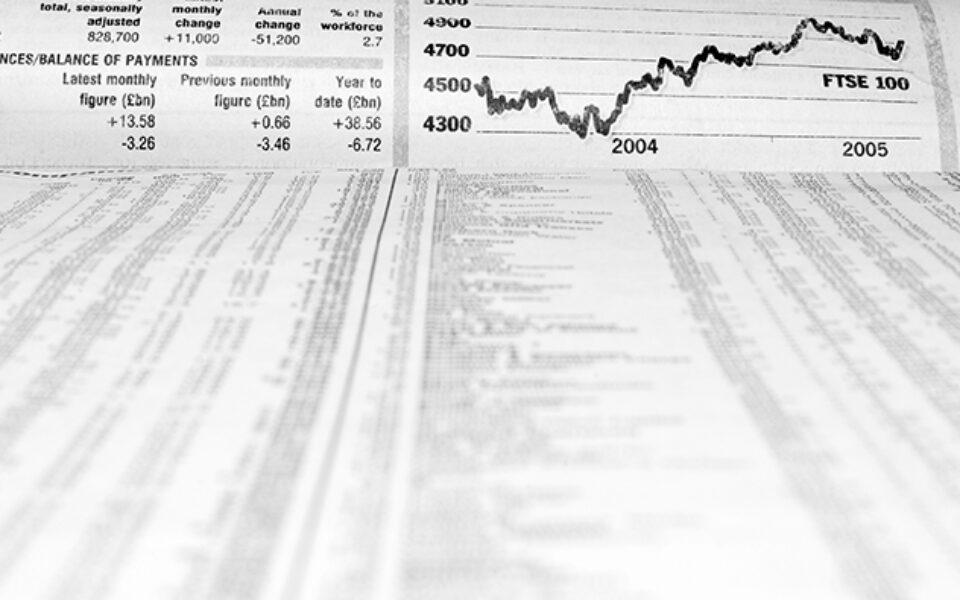The Unexpected Consequences of Taxation in Bankruptcy
By Kathy A. Foster, Manager


Logic dictates that a bankrupt entity wouldn’t incur any tax liability during the administration of its bankruptcy estate.While this result is often assumed, it is frequently not the case.There are many reasons why there may be tax during the bankruptcy administration period, and it is important for those involved in these cases to be aware of those factors which may result in significant tax.
Although it is not advisable, commonly the preparation of bankruptcy income tax returns is not performed timely but rather, is left to be done at the end of the case for the entire estate administration period, so that the case may be closed.This sometimes results not only in unexpected tax consequences but many times, in penalties for late filing and payment, for which penalties can be considerable.This article addresses two common scenarios that trigger sizeable unexpected tax consequences.
Significant Gains on Sales of Depreciable Assets
Higher depreciation deductions mean lower asset basis and accordingly, higher gains recognized on asset disposals, sometimes even at ordinary income tax rates (if depreciation recapture applies). Congress has enacted increasingly liberal depreciation legislation over the past decade, particularly after September 11th. The majority of this legislation is contained in two provisions of the Internal Revenue Code (IRC): Section 179 and Section 168(k).
IRC Section 179 was first enacted in 1958.1 This code section allows taxpayers in an active trade or business that purchase and place qualifying tangible assets into service during a tax year, to fully expense (deduct) the cost of those assets in the year of purchase, subject to specific limitations and purchase ceilings. For assets placed in service during tax years beginning in 2010 or 2011, the maximum amounts that may be expensed/purchased are $500K/$2M; compare that to 2000, when the maximum expense/purchase amounts were only $20K/$200K. In addition, prior to 2010 most real property was excluded from the definition of qualifying Section 179 property However, beginning in 2010, a maximum of $250K of the aggregate cost of property expensed under Section 179 may be attributable to qualified real property.
C Section 168(k) mandates a generous additional first-year depreciation (“bonus depreciation”) allowance for certain qualified property placed in service after September 10, 2001, which amount varies (depending on the date the property is placed in service) from 30% to 100%. In contrast to the Section 179 deduction, bonus depreciation (i) is mandatory for all qualifying property, unless the taxpayer chooses to elect out of the provision, and (ii) applies only to new property with a recovery period of less than 20 years.
As a result of these two code sections, it is entirely possible that a bankrupt small business taxpayer may have minimal or even no basis in its fixed assets and that upon sale or liquidation, most or all of the sale proceeds may be 100% taxable. And if these assets carry any significant debt, the proceeds actually collected (after payment of the debt) may not be enough to pay the resulting tax due on their sale; in this situation it is important to realize that the bankruptcy trustee is obliged to abandon, rather than sell, these assets because they are actually a burden to the estate due to the tax consequences of their sale.Therefore, before routinely selling off all of the assets of a bankrupt entity, it is critical to know their tax basis and related debt.
Corporate AMT
The tax consequences to C-corporations of significant income in years following NOL years are often misunderstood for alternative minimum tax (“AMT”) purposes. Even though a corporation may have substantial NOL carry-forwards for both regular tax and AMT, it could nevertheless have an AMT liability, depending on the level of income in post-NOL years.
A corporation’s alternative minimum taxable income (“AMTI”) is generally computed by taking its regular taxable income and (i) adding/subtracting various AMT adjustments and preferences, and then
(ii) deducting the allowed alternative minimum tax net operating loss deduction (“AMT NOL”) carried forward from prior tax years.From AMTI, the corporation is allowed a $40K exemption from AMT (phased out between $150K and $310K); any AMTI in excess of the exemption is taxable at a flat 20% tax rate. The excess of AMT over regular tax, if any, is then added to the corporation’s tax liability for the year.
Note that the amount of AMT NOL permitted to offset AMTI is limited to only 90% of AMTI, determined without regard to the AMT NOL; accordingly, the remaining 10% of AMTI, net of the $40K exemption (subject to phase out), is subject to AMT. This remaining 10% amount can be substantial in some situations.Consider the following example:
Bankrupt Corporation A has both regular and AMT NOL carryovers from 2009 and prior of $150M.During 2010, the bankruptcy trustee sues not only the corporation’s directors and officers but also its accountants, and collects $2M and $5M, respectively. Assuming no other income, and litigation costs of $1M, the corporation would have regular net income for 2010 of $6M. It would use $6M of its regular NOL carryovers to shelter any regular income tax liability for 2010, however (assuming no 2010 AMT adjustments or preferences) it would still be liable for AMT of $120K, computed as follows:
| Regular taxable income, before regular NOL deduction | $6,000,000 |
| Allowed AMT NOL ($6M x 90%) | (5,400,000) |
| AMTI | $600,000 |
| AMT liability (AMTI x 20%) | $120,000 |
In some situations, it may be possible to accrue the litigation proceeds in a previous (NOL) year, thereby reducing the NOL in that year but eliminating the AMT consequences in the year litigation proceeds are collected.In other situations, it may be possible to bunch administrative expenses into the year the litigation proceeds are taxable or collected, by accruing or paying them before the end of the year during which the litigation is taxable.In any case, what is crucial to realize is that (a.) such AMT tax consequences may exist and (b.) with proper planning, it may be possible to effect their minimization; an attempt to do so at the end of the case may be futile.
Conclusion
Although this article is necessarily limited in scope, what is of prime importance is awareness that situations do exist and are not uncommon in which substantial tax liability can occur during bankruptcy. Proper tax planning is critical during the administration of bankruptcy cases in order to avoid or minimize unexpected tax consequences in bankruptcy. Marcum’s Advisory and Tax Practices collaborate continuously to best assist our clients.

















